At first glance, it might seem like these photographs are the products of cut and paste collage, but Hannah Whitaker creates her images entirely in camera, favoring analogue experimentation to digital manipulation.
Shooting with her large format 4×5 camera, each image is made on a single sheet of film. Whitaker creates these photographs by creating screens to mask out sections of the film, exposing one part at a time until the entire sheet has been covered. Before even approaching the camera, there is a significant amount of time invested in pre-planning, mapping out the entire image, and making the necessary screens. “If you think of every hole or section of an image as being a separate screen you can start to imagine how complicated it can be,” says Whitaker. “A single sheet of film can become several days of shooting, on top of all the pre-production work and planning that goes with it.”
This stylistic and technical approach to photography grew out of her own experimentation with the medium, starting small with intentional light leaks and growing into the complex puzzles her images are today.“I started thinking about ways that I could relinquish control and play with that loss of control as a subject in the work,” Whitaker tells TIME, “I keep going back to ‘what can I do in this space?’ and working within that field of possibility.”
In her newest body of work, Verbs, Whitaker’s style has evolved from her earlier aesthetic. Rather than deconstructing an already existing image, like a landscape or portrait, her photographs are much more constructed to convey an idea. Silhouetted fragments of bodies play alongside geometric blocks of color and photos are repeated with slight variations of color, or approaching the image again in a black-and-white context. “For this series, I was trying to go back to something over and over again, to exhaust and explore it with some depth,” she says. “I wanted to take the photographs to a place where not everything depicts something specific.”
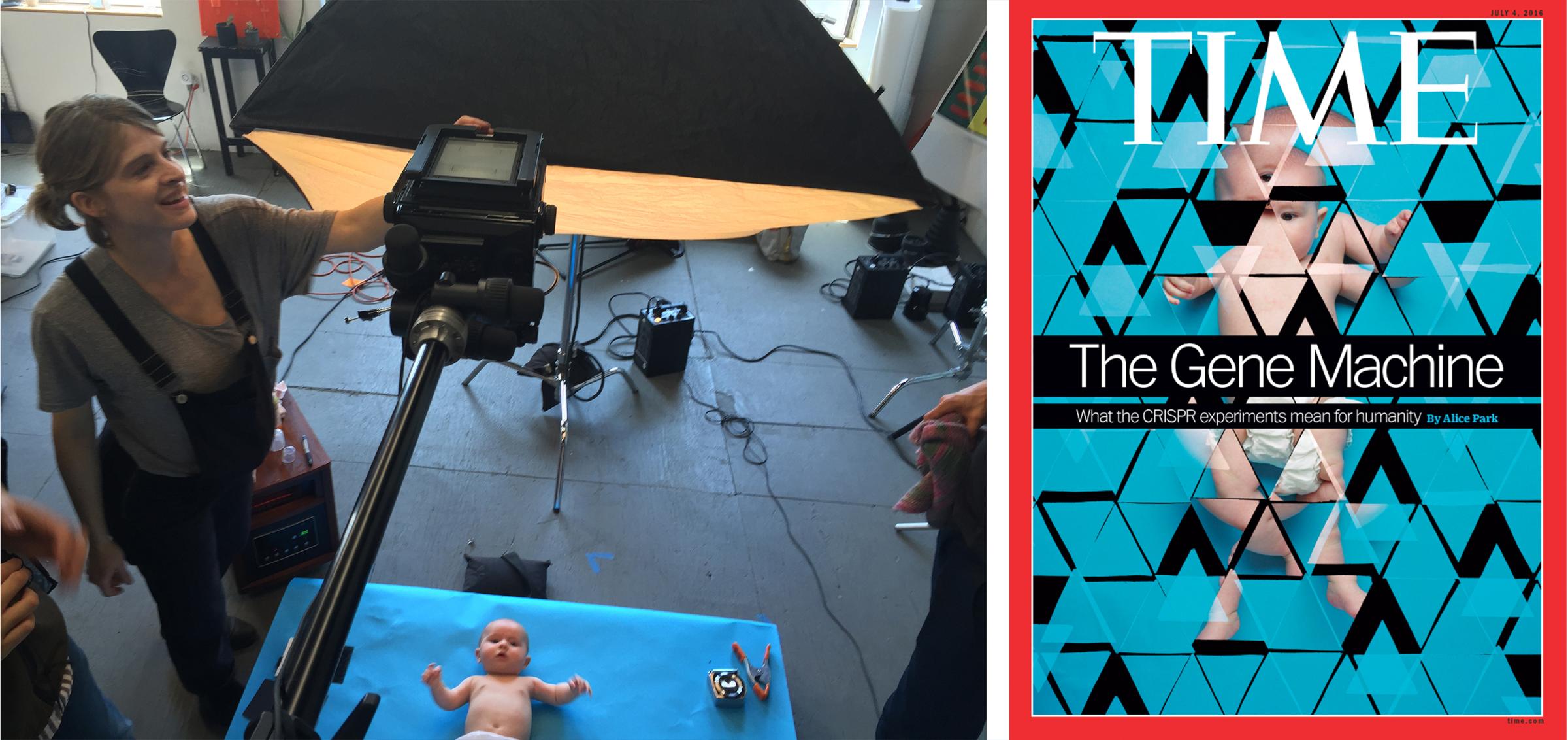
For TIME, Whitaker was tasked with visualizing the complex story of CRISPR, a groundbreaking genome editing tool. Each subject—a baby, mice, and a tomato—was approached with a different stylistic technique. ”For example, you can see in the baby photograph that it doesn’t add up to a continuous human form because we allowed movement between exposures,” says Whitaker. “I thought a lot about what forms needed to be presented and how they would work with my technique to manifest these ideas.”
The languages of science and art both have their own complexities, but Whitaker’s photographs combine the two with artfulness and craft.
Hannah Whitaker is a photographer based in Brooklyn, NY. Her work is represented by Galerie Christophe Gaillard in Paris and M+B Gallery in Los Angeles, where she has an upcoming exhibition in early 2017. Follow her on Instagram.
Natalie Matutschovsky, who edited this photo essay, is TIME’s senior photo editor.
Cassidy Paul is a contributor for TIME LightBox. Follow her on Instagram.
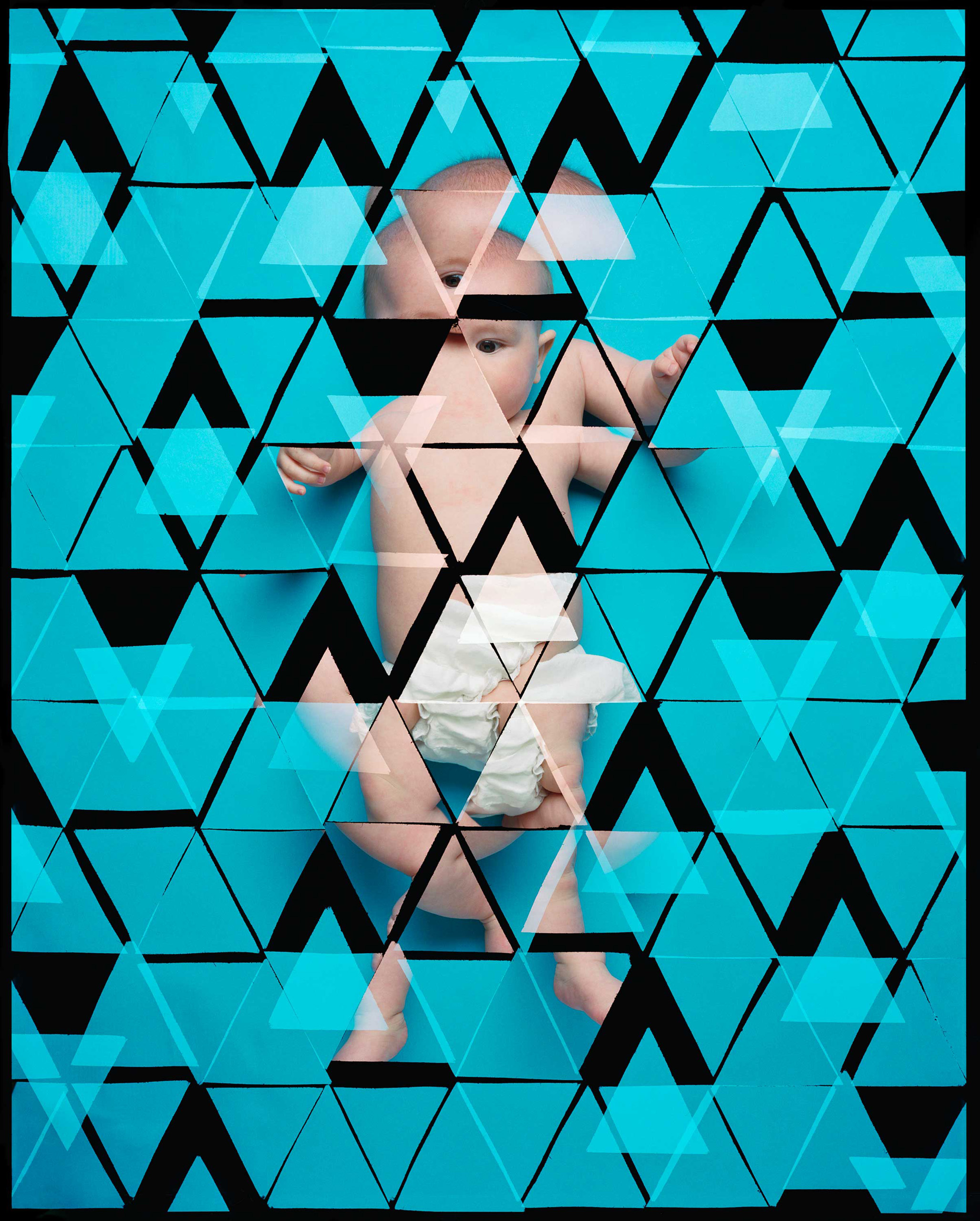
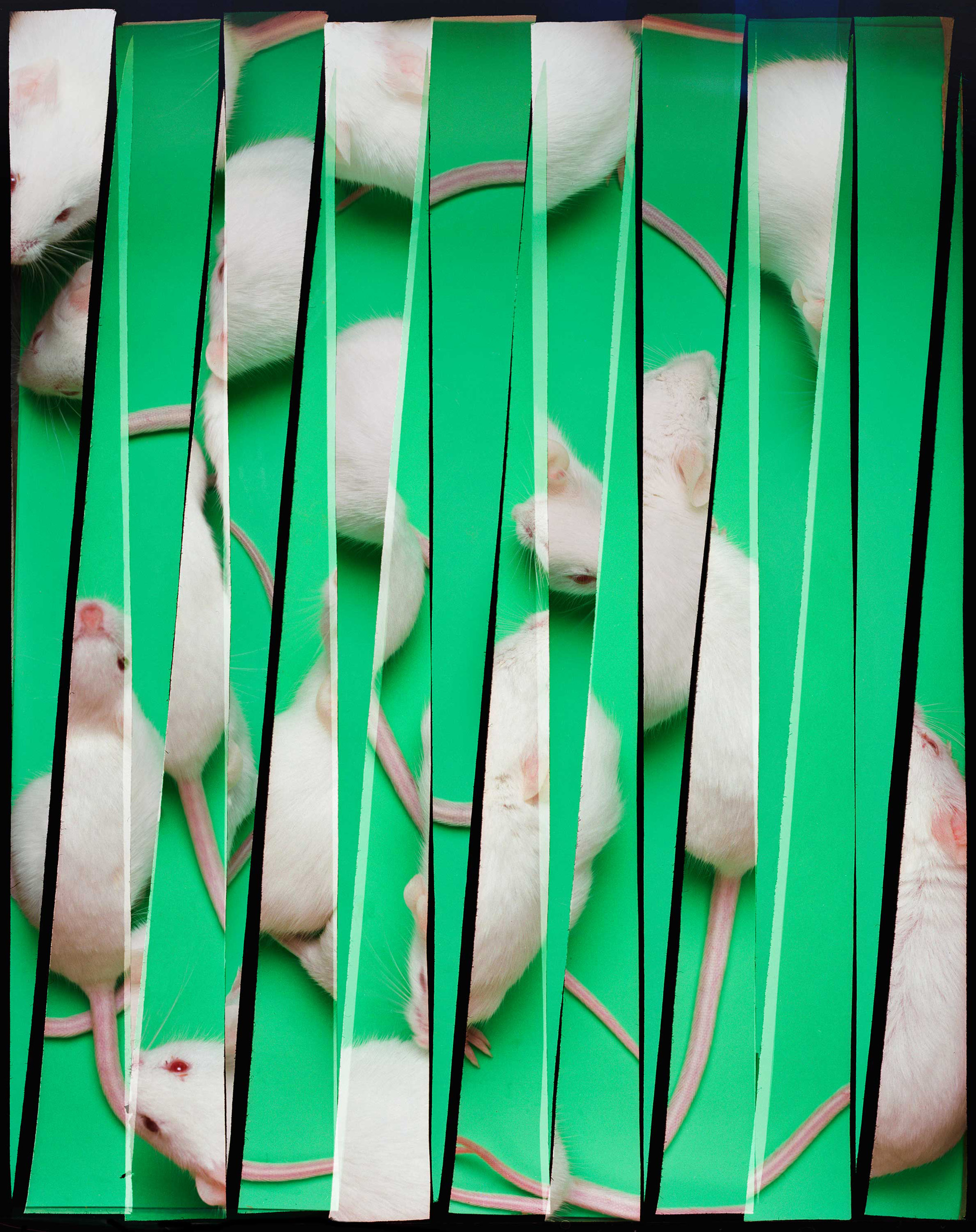
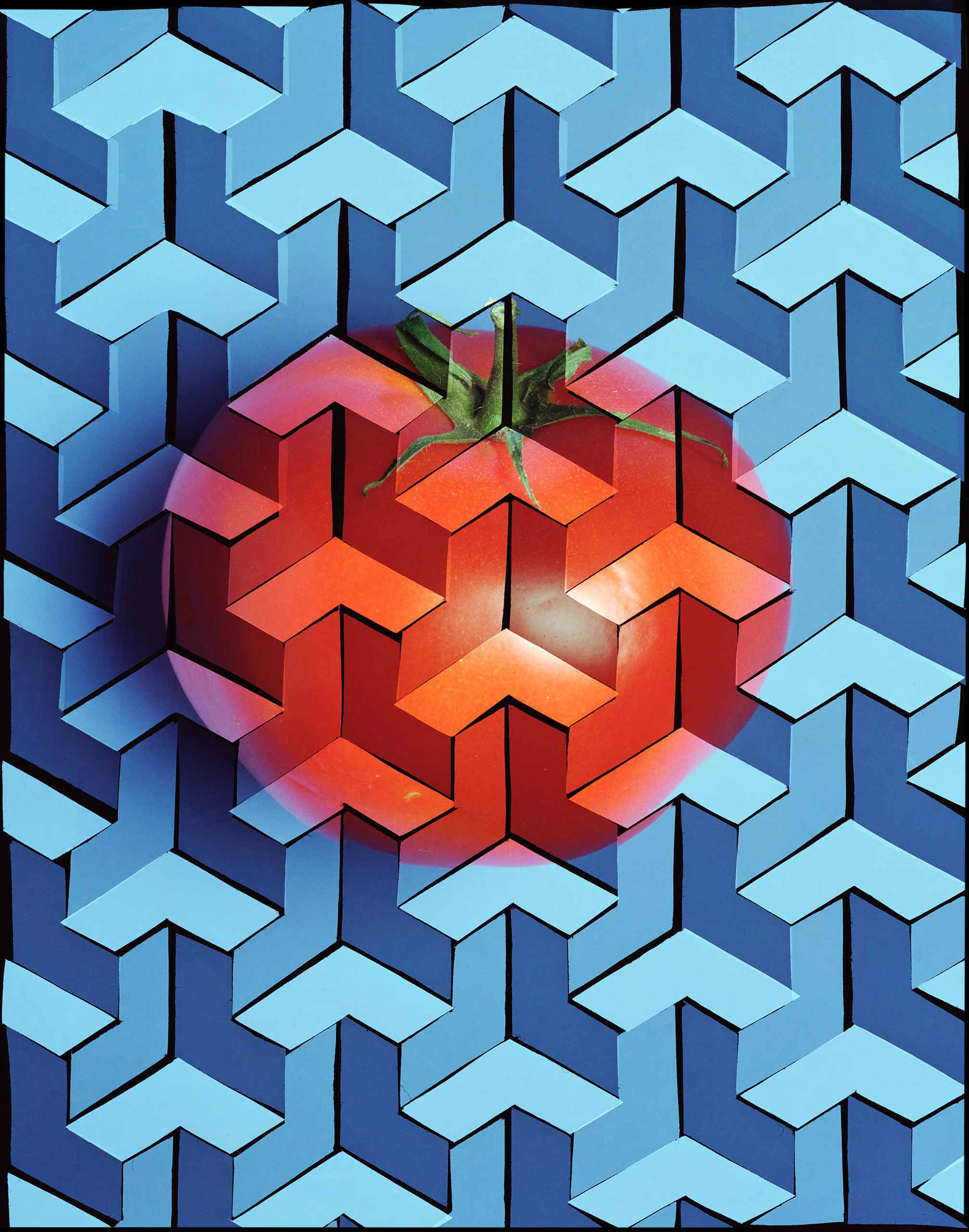

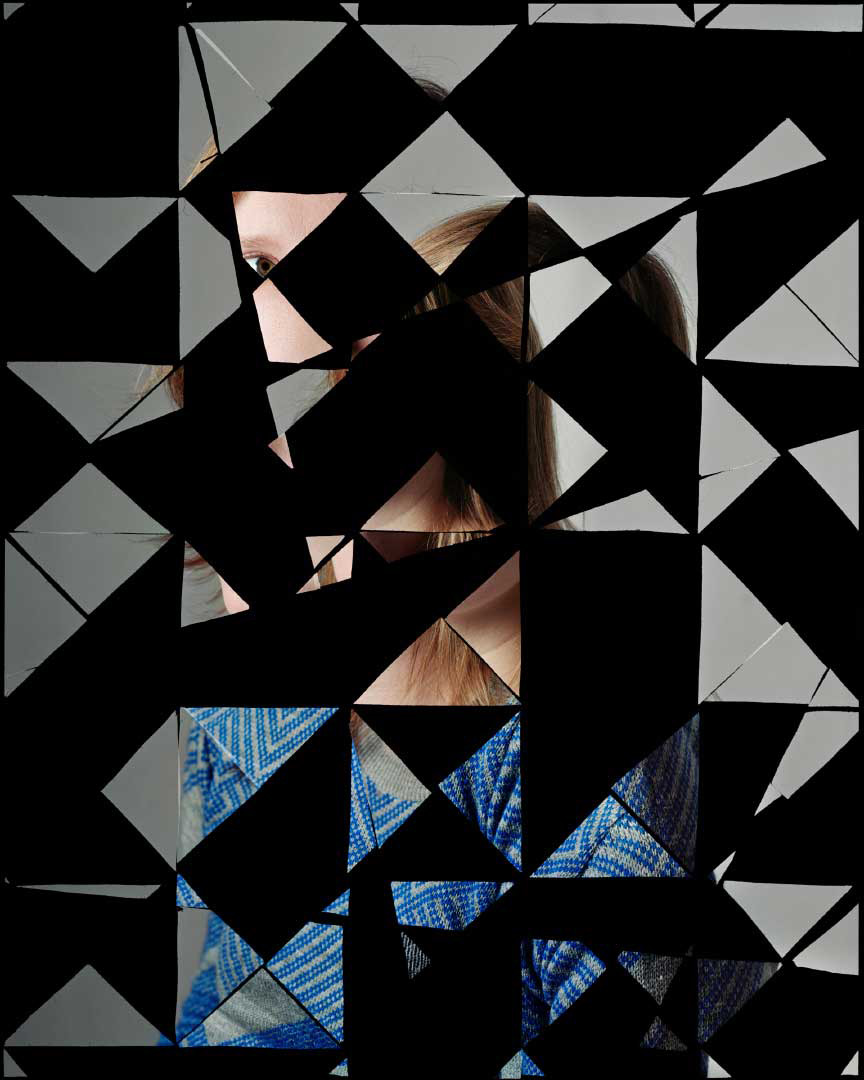

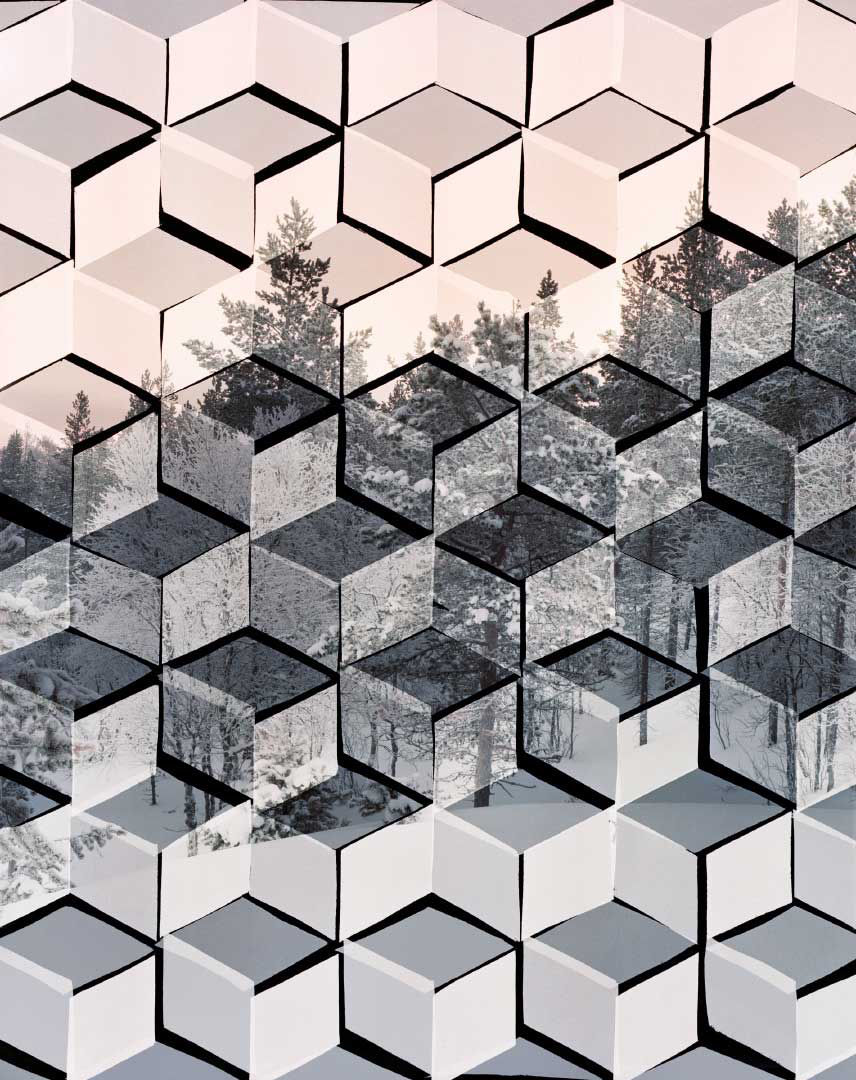
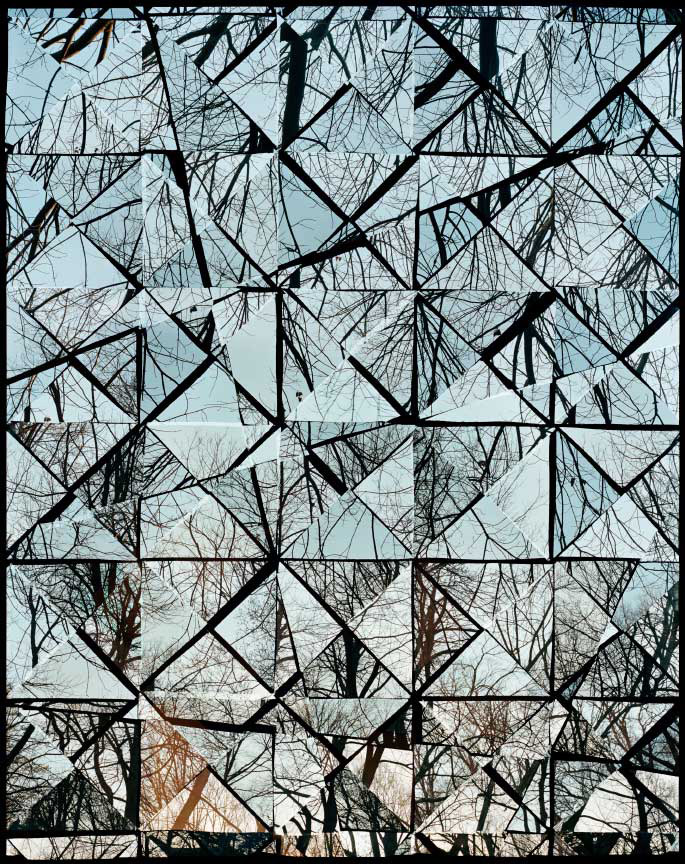


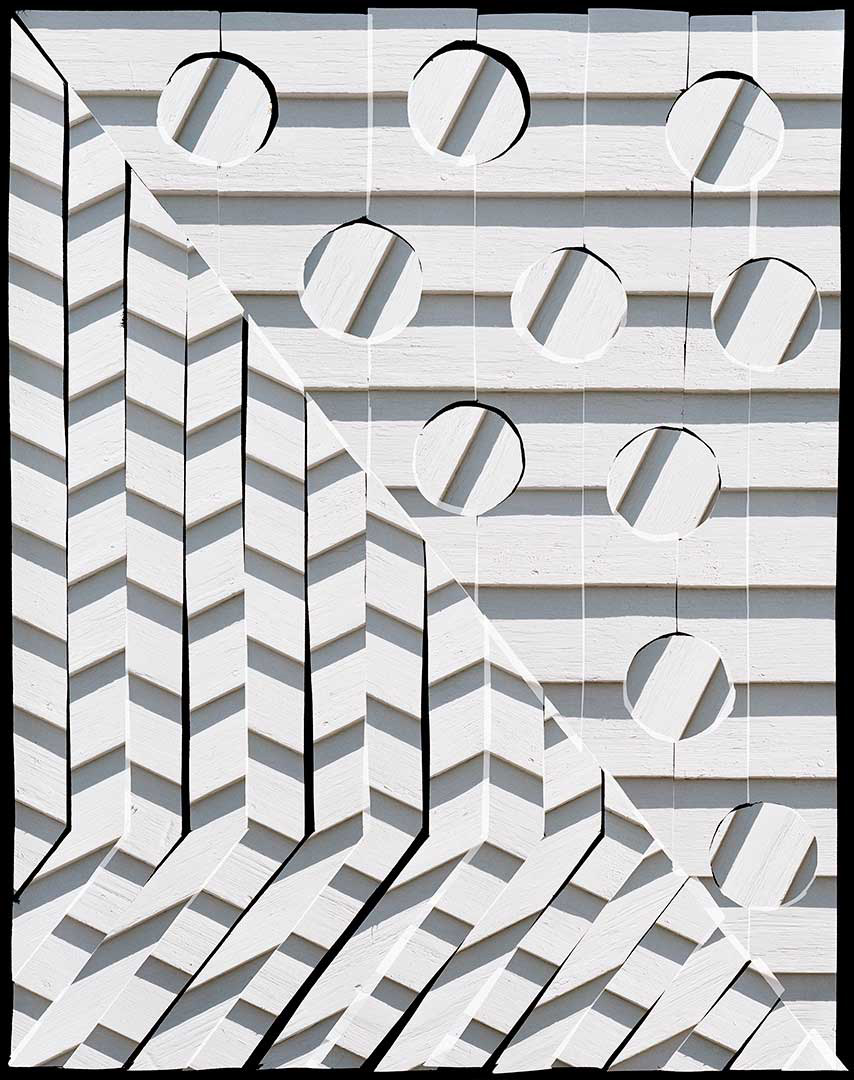
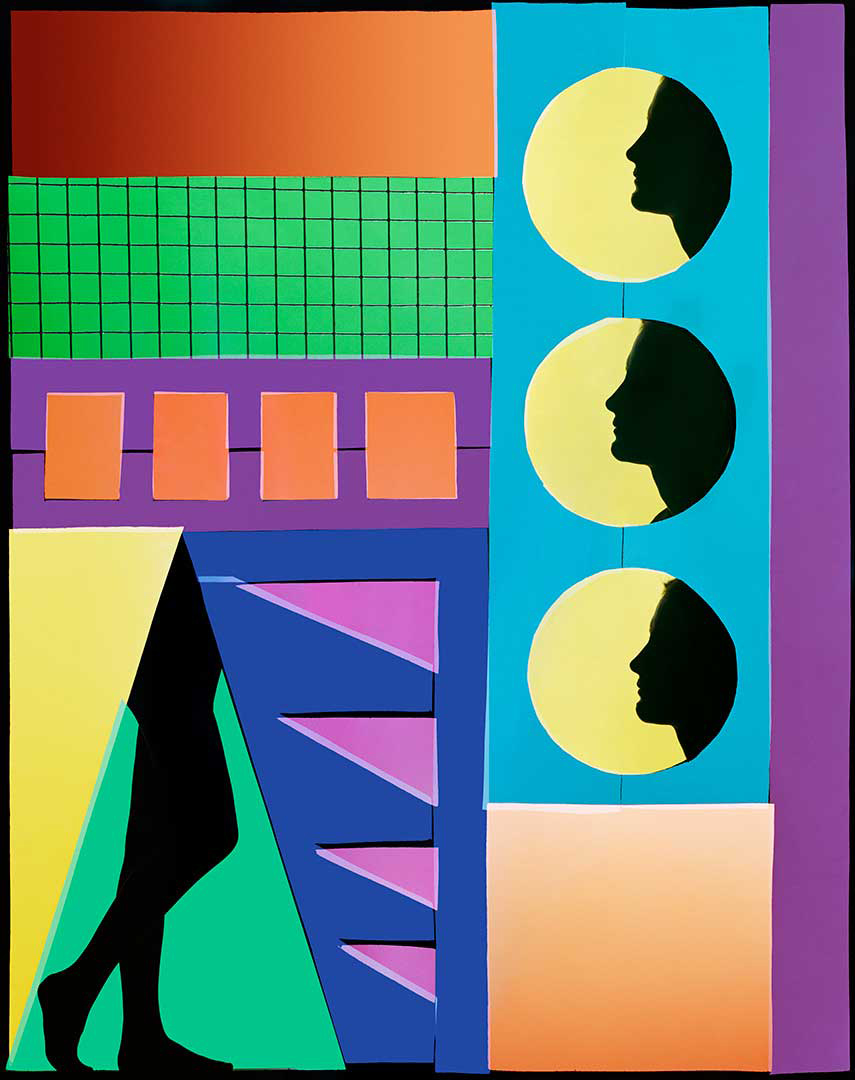
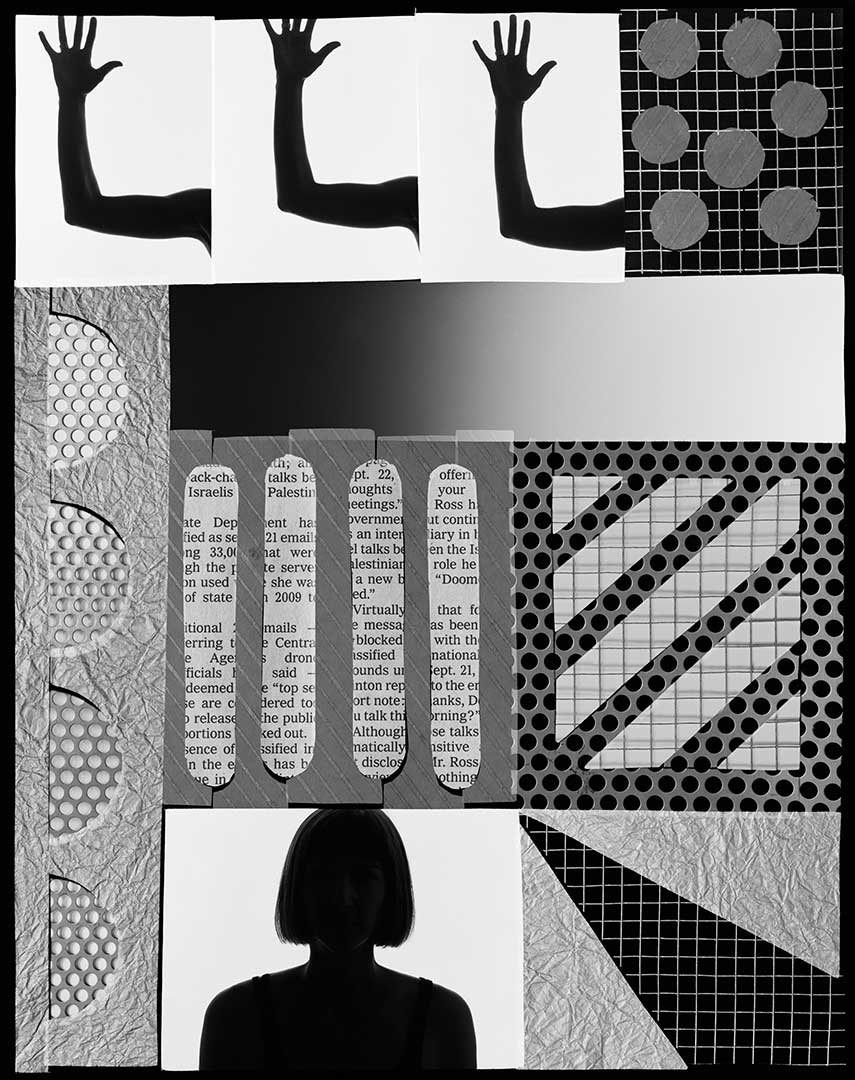
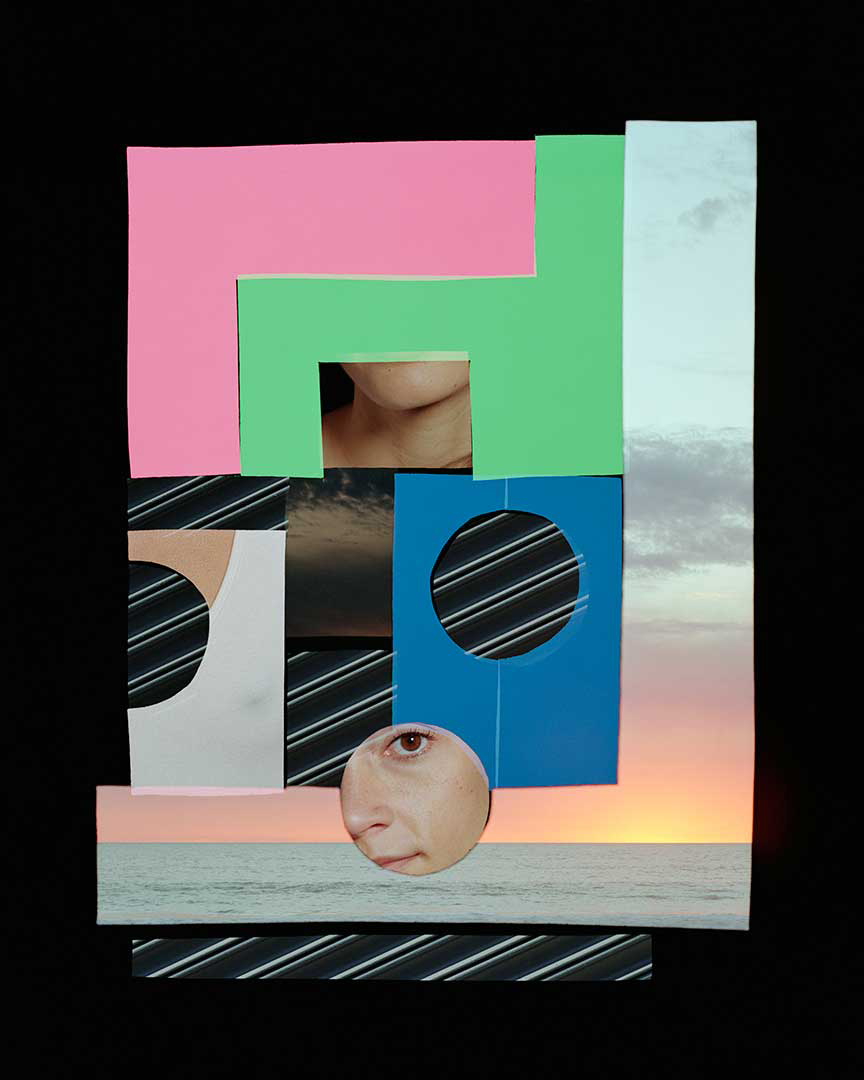
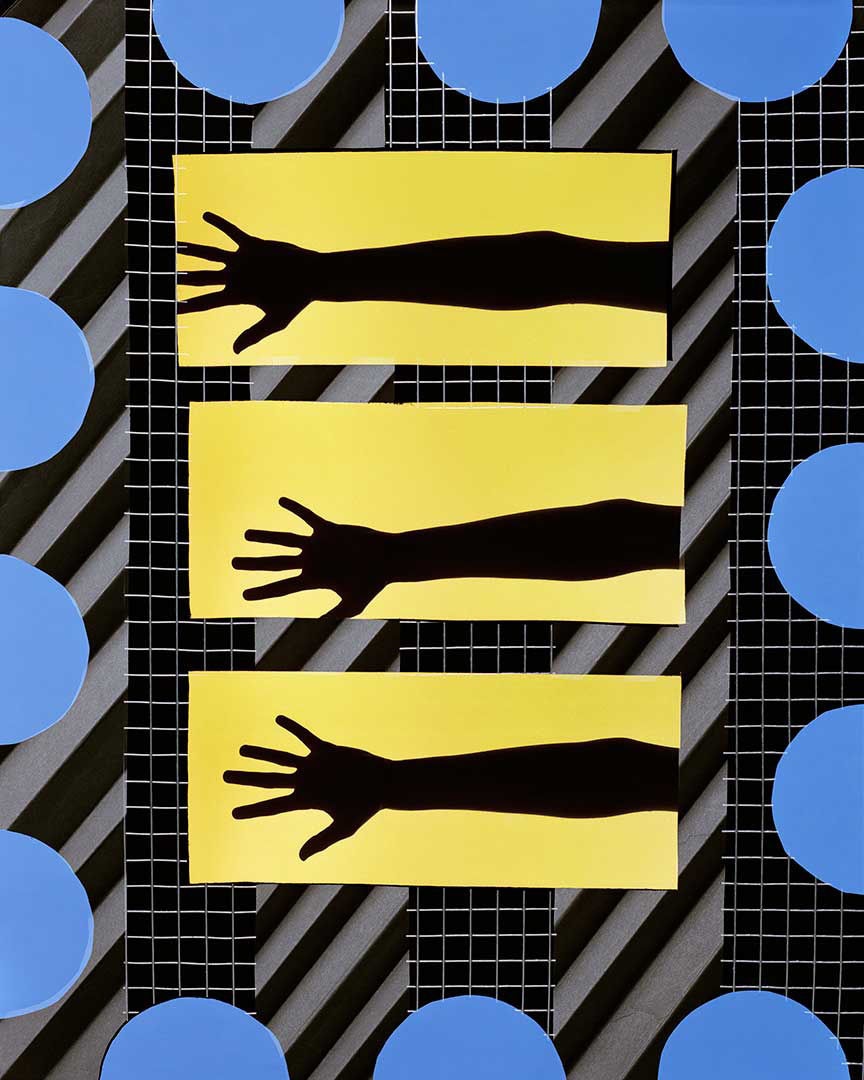
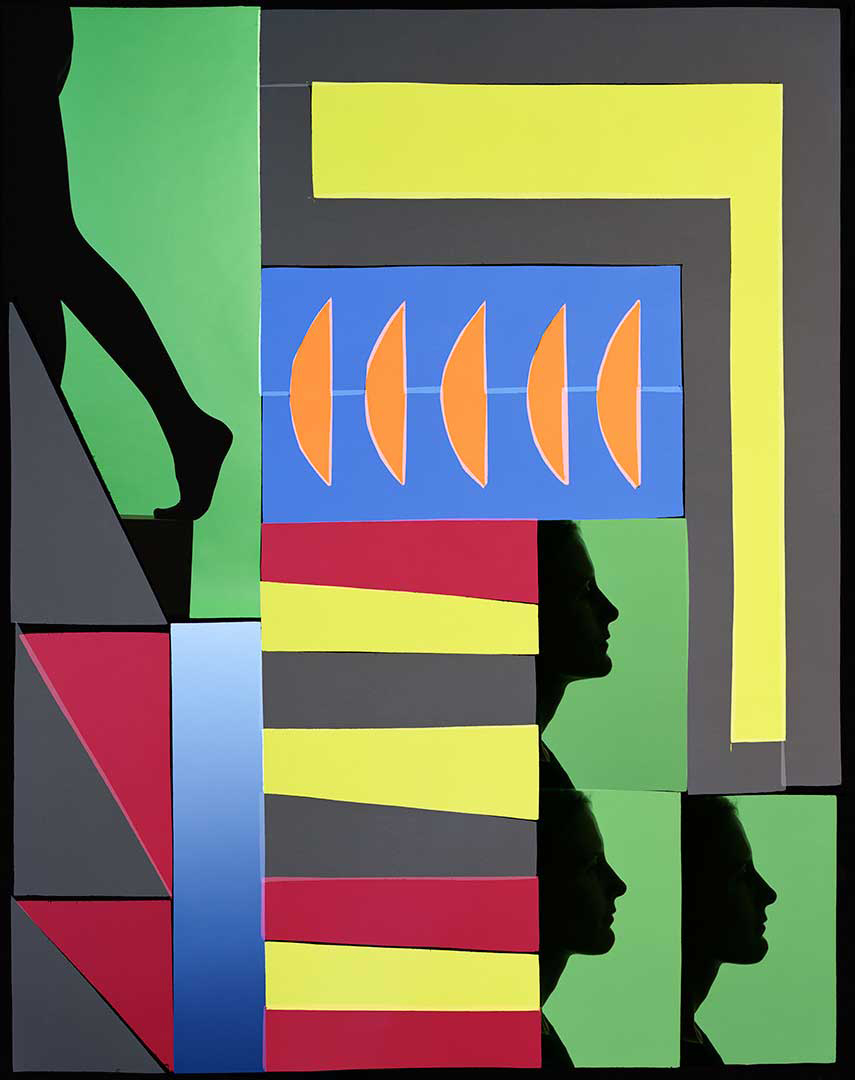
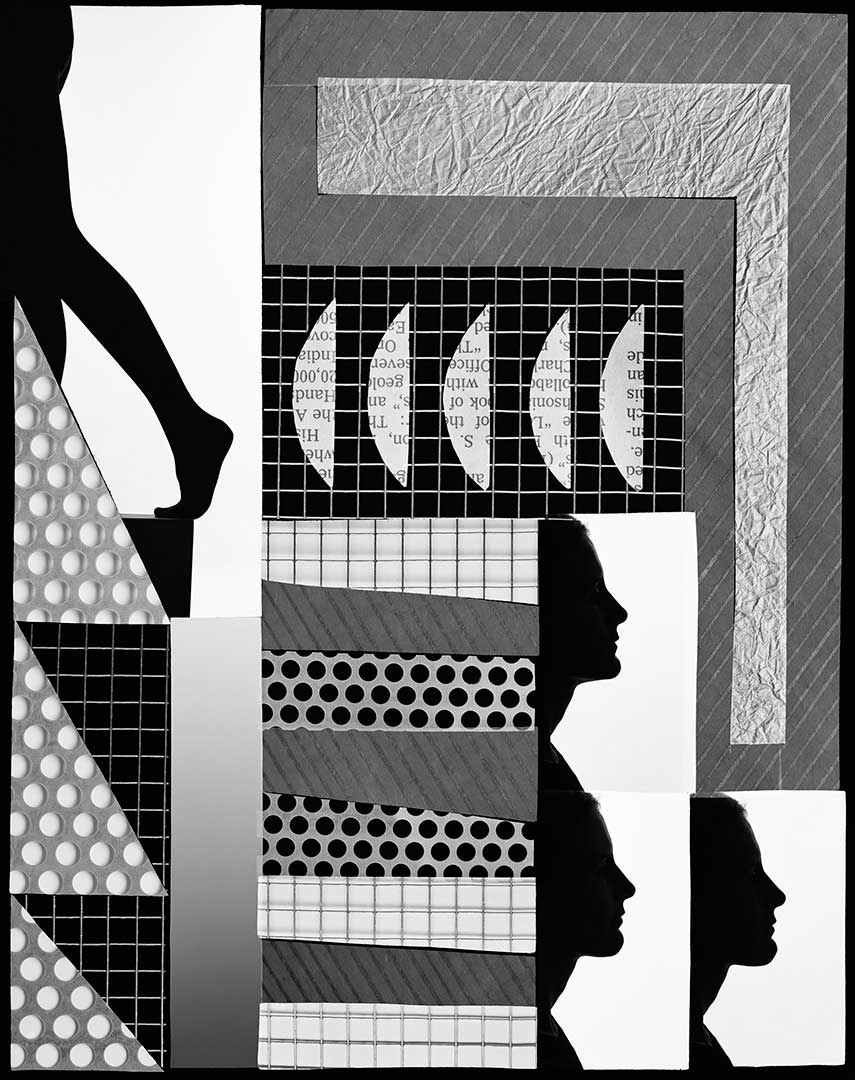
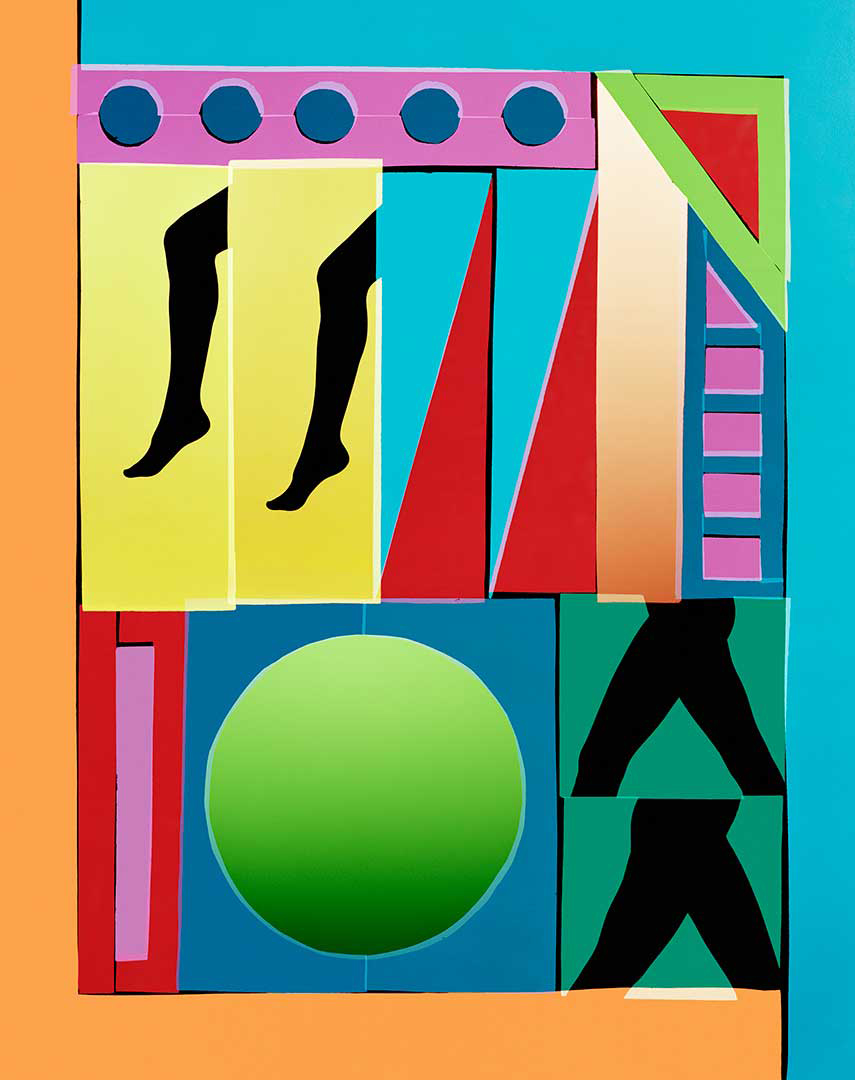
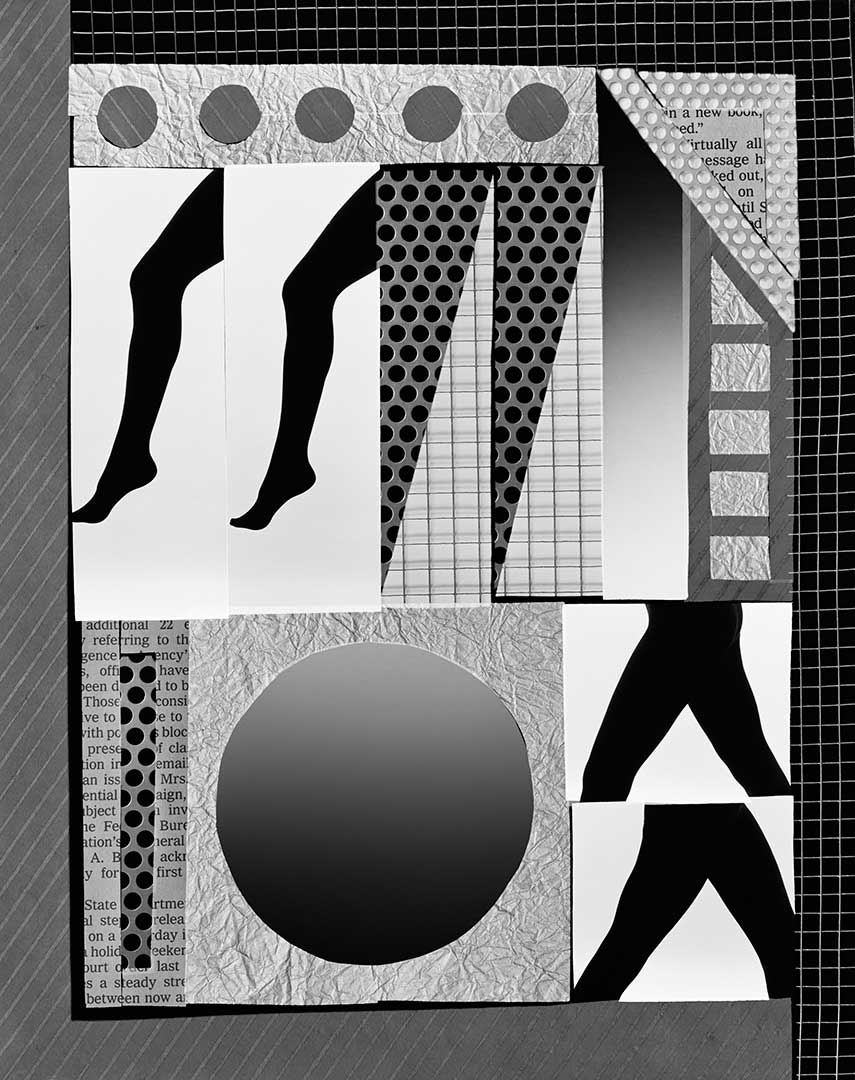
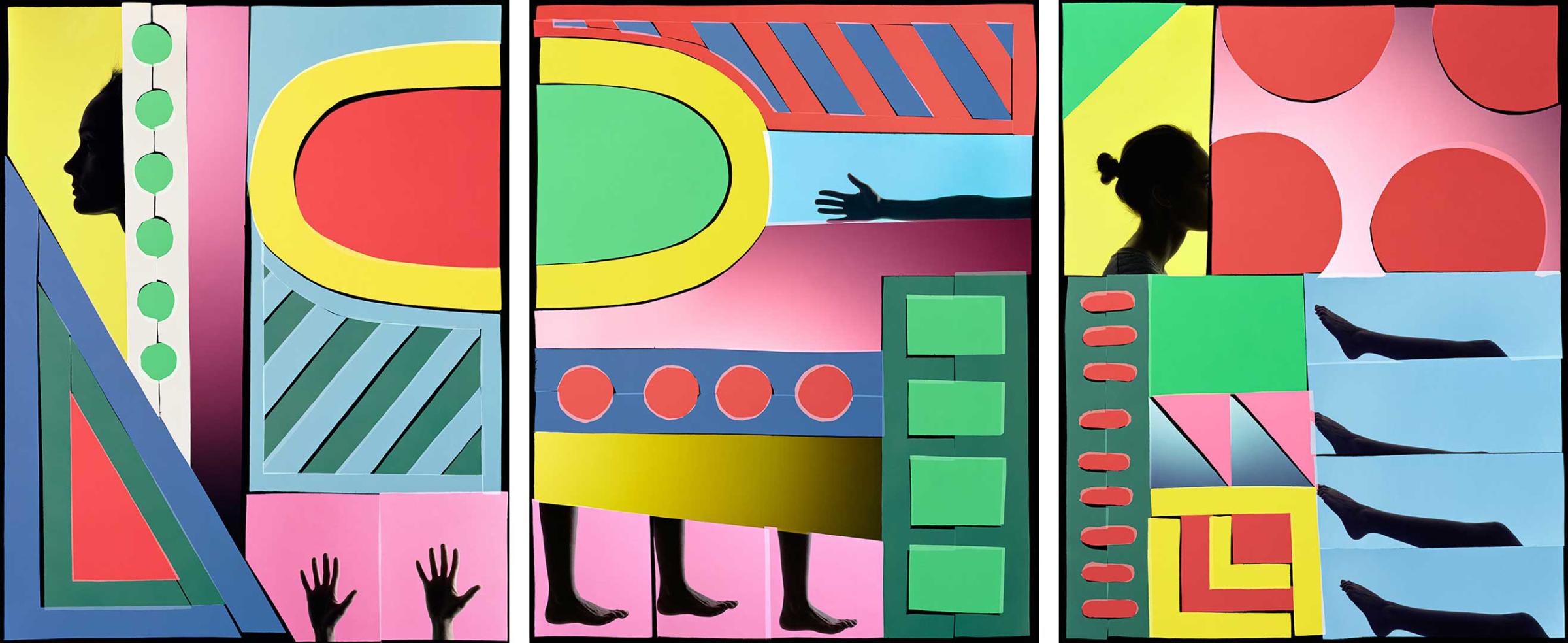
More Must-Reads from TIME
- Donald Trump Is TIME's 2024 Person of the Year
- Why We Chose Trump as Person of the Year
- Is Intermittent Fasting Good or Bad for You?
- The 100 Must-Read Books of 2024
- The 20 Best Christmas TV Episodes
- Column: If Optimism Feels Ridiculous Now, Try Hope
- The Future of Climate Action Is Trade Policy
- Merle Bombardieri Is Helping People Make the Baby Decision
Contact us at letters@time.com